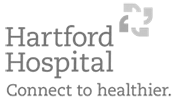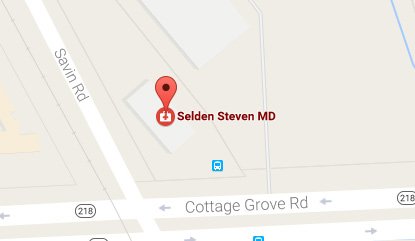Shoulder Fracture
The shoulder joint is a ball and socket joint. A ‘ball’ at the top of the upper arm bone (the humerus) fits neatly into a 'socket', called the glenoid, which is part of the shoulder blade (scapula). The labrum is a ring of fibrous cartilage surrounding the glenoid for stabilization of the shoulder joint. The biceps tendon attaches inside the shoulder joint at the superior labrum of the shoulder joint. The biceps tendon is a long cord-like structure which attaches the biceps muscle to the shoulder and helps to stabilize the joint. The shoulder joint is the most flexible joint of the body. It allows different motions of the hands making it possible for us to do a vast array of different activities. However, its flexibility makes it more prone to injuries.
A fracture is a break in the bone that commonly occurs because of injury, such as a fall or a direct blow to the shoulder. The type of shoulder fracture depends of the age of the patient. Clavicle fractures are more common in children. A fracture of the upper part of the arm (proximal humerus) is more common in older individuals and its frequency increases with age.
Clavicle Fractures
A clavicle fracture, also called a broken collarbone is a common fracture that happens to people of all ages. The collarbone, also called the clavicle, is the bone that connects your sternum or breastbone to your shoulder. A broken collarbone normally occurs after a fall onto the shoulder or a motor vehicle accident. The most common sports associated with clavicle fractures include football, hockey, and skiing.
A clavicle fracture most often causes pain, swelling and bruising over the collarbone. Pain increases with shoulder movement. Your shoulder may be slumped downward and forward. You may also have a bump around the area of the break. You may hear a grinding sound when you try to raise your arm.
To diagnose a broken collarbone, your doctor will take a brief history about the injury, and perform a physical examination of your shoulder. An X-ray of the clavicle is taken to identify the location of the fracture. Your doctor may also recommend a CAT scan in some cases.
Most fractured collarbones heal without surgery. An arm sling may support the arm and hold the bones in their normal position. You may also be given pain medications to relieve the pain. After your pain reduces your doctor may recommend gentle shoulder and elbow exercises to minimize stiffness and weakness in your shoulder. Follow up with your doctor until your fracture heals.
Surgery may be required in cases of displaced fractures. Surgery is performed to realign the fractured ends and stabilize them during healing. Surgery often involves use of pins or plates and screws to maintain proper position of the bone during healing.
Proximal Humerus Fractures
The humerus is the upper arm bone and it forms two joints - shoulder joint and elbow joint. The proximal humerus refers to the upper end of the arm bone, which forms the shoulder joint. Fractures of the proximal humerus are common in older individuals. Fractures may be caused by traumatic injuries such as a fall on outstretched hand, or motor vehicle accidents. In younger individuals, a severe trauma can cause these fractures.





